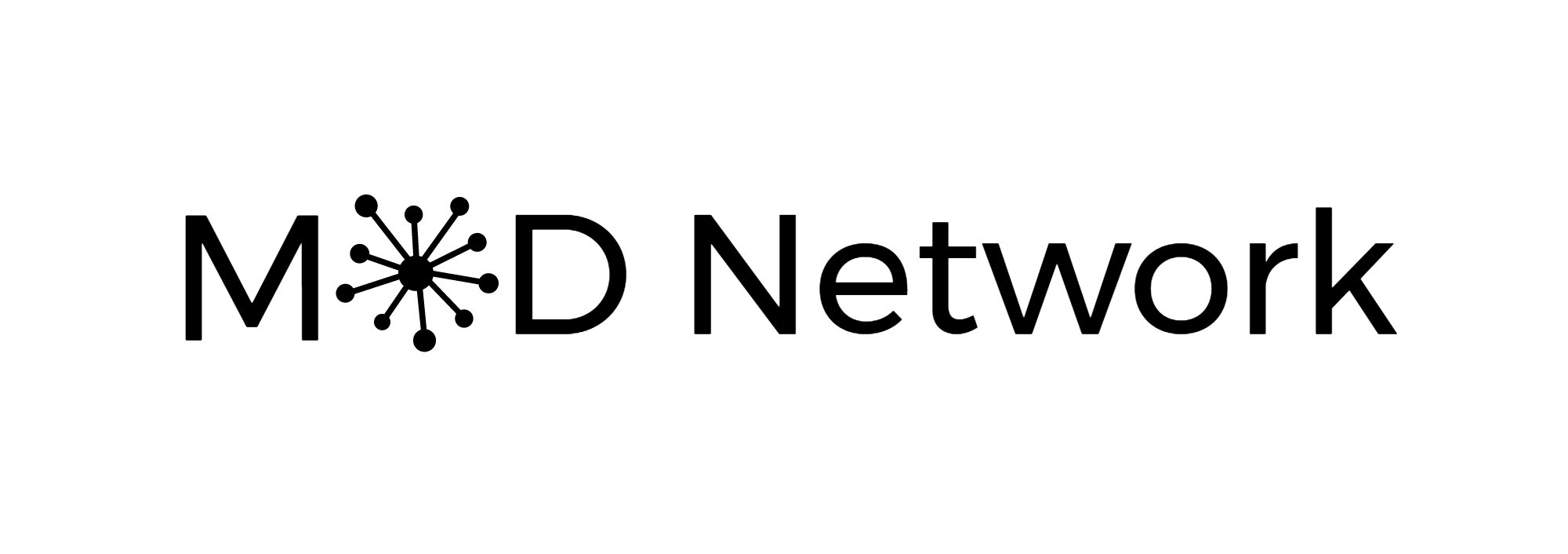Can I Offer You Some Feedback? - Episode #16
Show Notes:
Start, Stop, Continue is a simple yet powerful tool for business improvement. This framework is under the Agile system and it’s a type of sprint retrospective. This tool enables us to look back at a specific aspect of the project to identify improvements for individuals and teams to implement moving forward. Subscribe today so you never miss an episode!
Below we are offering a transcript of the podcast for accessibility and reference.
Episode #16: Business Bites: STart, stop, Continue
Welcome to Business Bites. My name is Sara. This is the podcast for busy professionals who want the quick hits of business terminology, historical context, and strategies for integration. Today we'll be talking about Start, Stop, Continue. Start, Stop, Continue is a framework that is under the Agile system. It's a type of sprint retrospective that enables us to look back at a specific aspect of the project. In Agile, sprints are specific areas where we quickly work on something over a short period of time. This idea of a retrospective was initially developed in the late '90s by Alistair Cockburn. It's important to think about different types of retrospectives and Start, Stop, Continue is just one of them.
When we're thinking about Start, Stop, Continue, it's broken into three parts. Start is where we ask all of the participants in that particular project when we're thinking back about that project, what is something that we would like to start doing next time? What is something that we have not already done, we've not already considered? We may have talked about doing, but not integrated. What is that thing we want to bring in or start doing as a part of our process? This is great for people who have a lot of new ideas to brainstorm, want to bring up things that they think might be effective that just haven't been tried yet.
The next area is Stop. When we're thinking about Stop, these are the things that we are doing currently that are not serving us. They're not helping us get that project done and they're not worth continuing. This can be a challenging part of the conversation, but if there have been any stumbling blocks or areas where the team has not been as effective, Stop is where we would identify those. What are those things we want to Stop doing in order to achieve better outcomes the next time?
The last area is Continue. These are things that are going well. What are those things that we want to Continue doing to be able to bring forward next time so that we don't lose them? Your team may already be doing nine out of 10 things excellently. Don't forget those nine things and be able to bring them forward. So these might be things that are going well, things that you want to keep, or things that you want to keep trying to see whether or not they might work. You might not have enough data to be able to put them into the Stop category.
Now, I love this tool as a framework to be able to work groups through how they want to improve processes. The reason I like it is because it chunks into these three specific areas. For Start, you'll get a lot of those creative and ideation individuals who have a lot of ideas on new things to integrate, new things to try, things that would improve those processes. They will absolutely participate and Start. In Stop, you'll have a lot of individuals who have a key eye for process improvement. Things that could be better, things that need to improve in order to be able to proceed. This might be where some of that critical conversation comes into it. And so it's great to have that feedback as well. There are always also individuals on the team who recognize that maybe things are going well and we don't want to lose the aspect of those three areas.
Now, because each of these different individuals fits into each of these buckets, by having this be a team conversation, we force all participants to be able to think about all three buckets. For those on the team who naturally gravitate to Start, for example, this exercise will have them also focus on Stop and Continue. This is also true of the two other groups as well. By having each of these three areas, it enables everyone to participate in thinking about all aspects of process improvement or continuous improvement.
This has been Sara with Business Bites. And you can reach me at podcast@mod.network. We would love to hear from you and other terminology that you would like to hear bite-sized. As always, give us a quick rating on your platform of choice and share this podcast with a friend.
Further Reading:
